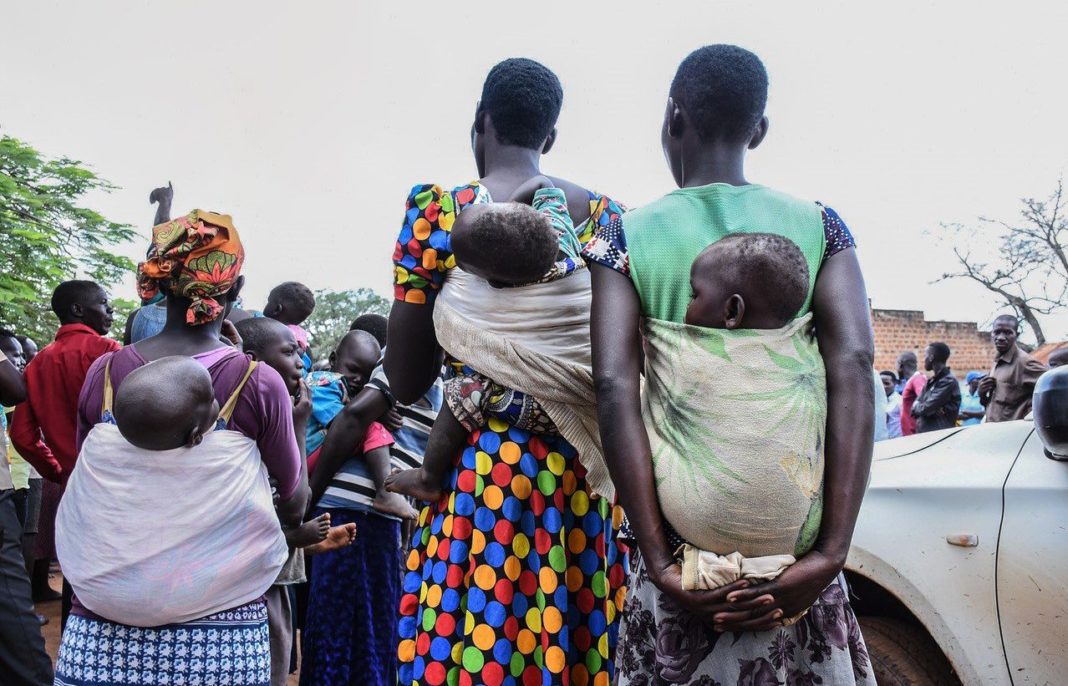Exploring the cost of inaction on teenage pregnancy, Dr. Betty Kyaddondo, Director of Family Health at National Population Council (NPC), has noted that the Out-of-pocket expenditure of 1.28 trillion Shs (362.5 million USD) on health care by teen mothers is equivalent to 43% of the Ministry of Health budget and the government health expenditure on teenage mothers’ health care is 246.9 billion Shs (70 million USD).
“If no action is taken, teenage pregnancy will continue with 50% of teenagers at risk, and about 64% teen mothers will not complete primary education level. Also, about 60% of teen mothers will end up in peasant agriculture work,” she warned.
Dr. Kyaddondo added that annually more than Shs645 billion (184million USD) will be spent on health care for teen mothers and education of their children.
Anne Alan Sizomu, Programme Specialist- Adolescent and Youth Sexual and Reproductive Health at UNFPA noted that ending teenage pregnancy requires multi-sectoral approach where everyone is involved, as this will help to reduce the level of dependency of children born by teenagers.
“Most of the time, the adolescents who are getting pregnant are not income earners, they are children. When we have many getting pregnant in one year, very few will make it out of subsistence agriculture. Therefore, the cycle of poverty will continue and the chances of children of teenage mothers being able to go to school, with the existence of Universal Primary Education (UPE) may be very minimal,” she added.
Teenage pregnancies contribute to 20% of the infant deaths and 28% of the maternal deaths. Teenage pregnancy negatively impacts social development at the individual, family and country levels. It is an enduring bottleneck to attaining the Sustainable development Goals. (SDGs)
Bunyoro Sub Region is a leading teenage pregnancy hotspot, with five districts (Kagadi, Kikuube, Hoima, Masindi, and Kiryandongo) being among the teenage pregnancy hotspots, and the sub counties of Kyangwali (Kikuube District), Bweyale Town Council (Kiryandongo District), Mutunda (Kiryandongo District) & Kabwoya (Kikuube District) being among the 12 leading adolescent pregnancy hotspot sub counties in the country.
Dr. Rogers Ampwera, the Executive Director Naguru Teenage Information and Health Centre (NTIHC) noted that for the past 27 years, the center has been providing “Youth Friendly Responsive” Adolescent Sexual and Reproductive Health and Rights (ASRHR) services and information primarily targeting young people aged 10-24 years old. These include; general medical services, counselling services, HIV testing, Condom distribution, antenatal and postnatal services, family planning and others.
He further noted that creating awareness about young people’s sexual reproductive health and rights is being done through health talks, interactive speeches, debates, interactive clubs and radio talk shows.
“We have around 33 youth corners in different districts aimed at serving young people with quality responsive SRHR services. So, our model of youth friendly services is to make sure that it’s a One-stop Centre, when a young person walks in whether they have flu or fever, our job is to make sure that we take them on, counsel them and identify any other issue affecting them,” he said.
He added that young people can always get all the information they need by calling the Muvubuka helpline 0800311222 to speak to a qualified health service provider.
Statistics from the United Nations Populations Fund (UNFPA) indicate that nearly half (46.1%) of the births by the teenagers are unintended pregnancies, and 1 in every 4 girls aged between 15-19 years have begun childbearing.







